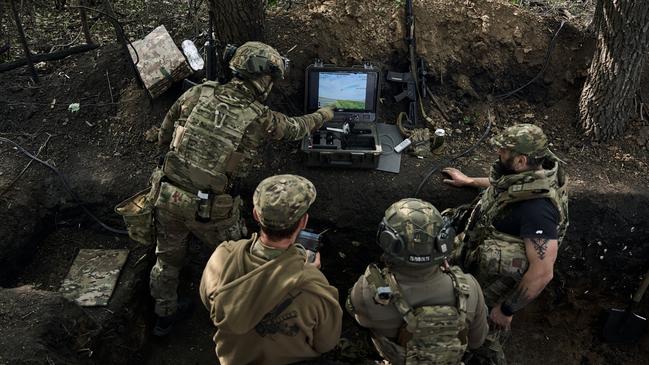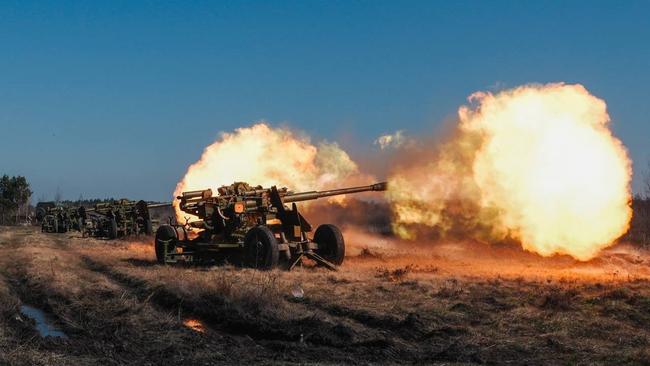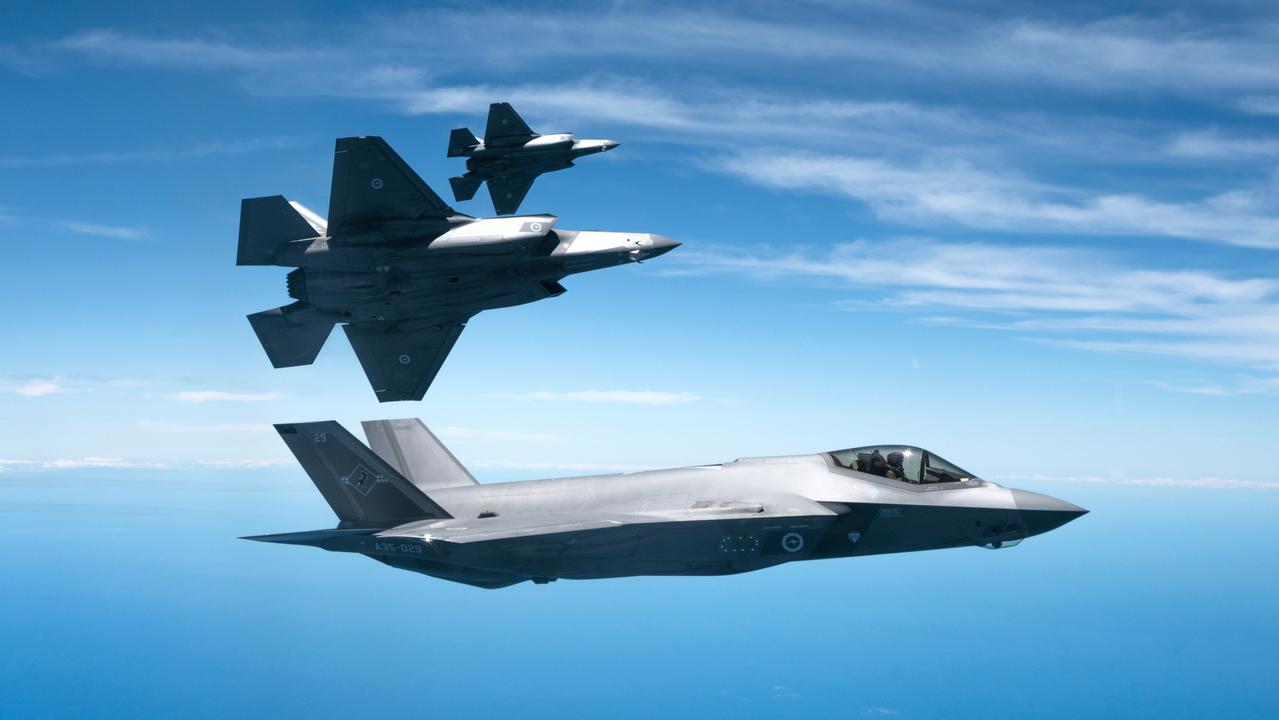Adaptation and innovation vital lessons for us from the Ukraine conflict
Like any major conflict, Ukraine has become a proving ground for new military technologies that require military forces to adapt to a changing character of war.

The war in Ukraine continues into its third year, with no likely end in sight. Like any major conflict, Ukraine has become a proving ground for new military technologies that require military forces to adapt to a changing character of war. The Australian Army will need to move rapidly to embrace these new technologies, or risk losing military effectiveness in the next war.
The first apparent lesson from Ukraine is synergy between autonomous systems and long-range fires. A new tactical “reconnaissance strike complex” is evolving from 1990s-era systems of complex and expensive legacy platforms to a 21st-century, low-cost dispersed network of sensors and shooters that is far more resilient and responsive to detected threats. These tactical reconnaissance strike networks exploit resilient commercial satellite communications connectivity to function, and in the future, will incorporate AI into decision making and tactical battlespace assessment.
The prospect of a battlespace flooded with mobile sensors means it will become increasingly transparent, with the shortened time from detection of the enemy to a precision strike meaning that survivability of traditional legacy systems are more at risk. While it would be going too far to say “the main battle tank is dead”, it is legitimate to argue that traditional military platforms on the ground will need to evolve to survive and remain capable.
It will be important for army to incorporate tactical reconnaissance strike complexes across the breadth of its operations. The nexus between sensor and shooter must be a key foundation for future capability development within Army (and indeed across the ADF). This will demand a much more ambitious approach to rapidly bringing low-cost drone technologies into service, including through adapting commercial systems for military purposes, as the Ukrainian military have demonstrated.
These should not just be for intelligence, surveillance and reconnaissance (ISR) only. The need to compress the time between detection of a target and its destruction is often crucial, so it makes sense to invest in large numbers of low-cost, armed autonomous systems that can quickly destroy identified enemy targets, or if the autonomous system lacks sufficient firepower by itself, have the flexibility to direct long-range fires from systems such as army’s High Mobility Artillery Rocket System (HIMARS).
There’s clearly a requirement for human oversight and management of such a capability, but Defence must demonstrate a willingness to lean forward in moving humans from being “in the loop” – that is, directly controlling an autonomous system – to humans being “on the loop” – through overseeing and managing a network of autonomous systems.
Eventually, with the incorporation of AI with sufficient trusted autonomy in both platform, and command and control systems, the human role in managing both reconnaissance and armed autonomous systems needs to be marginalised. If humans remain firmly “in the loop” it will be difficult for them to keep pace with the increasing complexity and operational tempo of future military operations, particularly as our adversaries embrace both AI and large swarms of armed autonomous systems.

Simply put, it is time to let AI off the leash, at least to a degree, in managing armed military systems and conducting rapid military operations, including where RoE permit lethal strikes.
Furthermore, investment in these capabilities must emphasise “the small, cheap and many”, rather than exquisite systems that are so complex and expensive they can only be bought in small numbers.
The reintroduction of “mass” on the battlespace through large numbers of low-cost swarming armed and reconnaissance autonomous systems will deliver significant military advantage. It’s worth emphasising that China is investing in developing swarming autonomous capability for the PLA, and its approach to “intelligentisation” of warfare has AI at its core.
Drones – armed or otherwise – must be able to direct long-range fires. Boosting long-range fires is a second key lesson emerging from Ukraine. Australia is already investing in systems such as HIMARS, that can fire guided multiple launch rocket system (GMLRS), with a 80km range being produced by Guided Weapons and Explosive Ordnance (GWEO) enterprise from 2025, and ultimately precision strike missile (PrSM), with a 500km range, that in the future could potentially be boosted beyond 1000km. The acquisition to invest in these systems is a positive step forward for army’s ability to contribute to deterrence by denial, particularly if it can be operationally deployed forward from Australia’s north.
Yet Ukraine has demonstrated how rapidly advanced munitions are expended, particularly in protracted high-intensity war. GWEO hopefully should see ongoing local production of GMLRS and eventually PrSM, but the output cannot be in small batches of missiles.
Australia cannot assume that all wars in the future, in which it may be involved, won’t be protracted, particularly in the case of major power war over a crisis across the Taiwan Strait. Large stockpiles of munitions must be built up otherwise the potency of army’s tactical reconnaissance strike complexes will be quickly exhausted in the next war.
Finally, the army’s close combat capability, including infantry – as well as its main battle tanks, armoured fighting vehicles and attack helicopters like Army’s A/H-64E Apache Guardian – need to have continuous updates and modernisation, in particular to ensure an ability for crewed-autonomous teaming with armed and reconnaissance drones, and to be equipped with effective counter-unmanned autonomous system (C-UAS) capabilities if they are to survive on the future battlespace.
Autonomous systems can go in harm’s way, allowing humans to remain further in the rear, but autonomous systems cannot seize and hold territory. Only human ground forces can achieve this vital task. Humans and drones working as a team are clearly the solution to maximising military effectiveness in tomorrow’s army.
-
Malcolm Davis is a senior analyst in defence strategy and capability at ASPI.



To join the conversation, please log in. Don't have an account? Register
Join the conversation, you are commenting as Logout